Ask most Christians the date of the next Easter and they’re likely to Google it. Though highly associated with springtime—at least for those in the Northern Hemisphere—the date for Christianity’s most important holiday changes from year to year.
Chinese people can empathize with an unpredictable spring holiday date. Often landing within a few days or even on the same day as Easter, qing ming jie(清明节), or the Qingming Festival, invites families to remember their deceased parents and ancestors through a series of rituals and activities. The celebration became an official national holiday in mainland China in 2008, partially resulting from the government’s desire to promote traditional Chinese culture.
This year, Qingming falls on April 5 and Easter on April 9. The regular proximity of the two holidays has led even secular commentators, like an op-ed writer for the Chinese-government-owned website CGTN, to look for parallels between them.
“Both a spring festival contemplating the reverent themes of life and death, Qingming Festival focuses on remembrance, while Easter celebrates rebirth,” said the writer.
While one holiday has strong theological significance and the other mostly secular, the calendars for both traditions share a common origin. An order known for astronomy and mathematics, the Jesuits drove the reforms in both the Western world and China that dictate how we plan our days, months, and holidays.
Easter’s celestial date formula
Determining the date of Easter necessitates a combination of solar, lunar, and religious calendars.
For years after Jesus’ resurrection, the early church debated which day Christians should celebrate the resurrection of Christ, or “the Christian Passover (Pascha).”
In 325, the Council of Nicaea decreed that Easter should be observed on the first Sunday following the first full moon after the spring equinox. This arrangement has since become the standard definition of the Easter date for most Western Christians (including today’s Catholic and Protestant churches).
The Eastern Churches have always insisted that the day of Passover in the Jewish calendar be celebrated each year as Easter. When the church split in 1054, the East and West factions both used the Julian calendar. But when the Western church transitioned to the Gregorian calendar in 1582, the Eastern church did not. As a result, for Western Christians, the date of Easter fluctuates every year between March 22 and April 25. The Eastern church’s dates for the holiday are different.
Qingming and Chinese solar terms
Like Christians, the ancient Chinese also used the sky to dictate when holidays fell, and indeed for many years used this to set their calendars. While the lunar calendar establishes the dates for many Chinese holidays and festivals like the Dragon Boat Festival or Mid-Autumn Festival, the solar calendar determines the Qingming Festival.
The Qingming Festival occurs on the Day of Clear (qing) and Bright (ming) in the Chinese jie qi (节气) or “solar terms”—an ancient system based on the sun’s position in the zodiac that has been used for marking the change of seasons and for agricultural purposes.
Qingming is the fifth among the 24 solar terms. It is 15 days after chun fen (春分), or the Day of Vernal Equinox. Because there are 365 or 366 days in a year on the Gregorian calendar but the Chinese solar zodiac has 360 degrees, the date of Qingming may vary one or two days, between April 4 and April 6.
The Jesuits
Easter’s “wandering” date traces back to Christopher Clavius, a 16th-century Jesuit mathematician and astronomer, who overhauled the Western world’s calendar from the Julian to the Gregorian.
After the Jesuit missionaries arrived in China, they and the Chinese Catholic scholars they converted began creating the Shixian calendar (时宪历, Calendar of Constant Conformity) in the 17th century. The new calendar was needed because the previous Chinese calendar had failed to predict certain astronomical events and the Chinese were resistant to straightforwardly adopting a Western calendar.
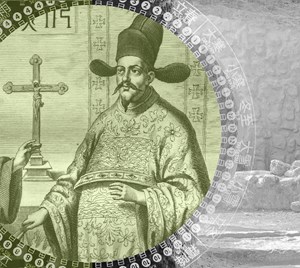
Image: WikiMedia Commons / Edits by CT
Xu Guangqi
To lead this project, Emperor Chongzhen of the Ming dynasty tapped Xu Guangqi (Paul Hsu, 徐光启), a famous Chinese Catholic convert and minister in the emperor’s court, who had received an education in both Chinese humanities and Western sciences.
Xu hired the German Jesuit missionary Johann Adam Schall von Bell (汤若望) to carry out the empire’s efforts in astronomy, and his tenure continued into the Qing dynasty. In 1644, the Qing court of Emperor Shunzhi appointed the Jesuit as the director of the Imperial Observatory to lead the calendar reform. He took advantage of current Western astronomy and mathematics to complete the reform, and in 1645, the group published their new calendar.
Rather than bringing him fortune and favor in China, however, Schall’s calendar reform work led to tragedy.
In 1661, Emperor Shunzhi died at the young age of 22. Three years later, Yang Guangxian (杨光先), a disgruntled Chinese astronomist colleague, accused the Jesuit of spreading lies of an “evil religion” and plotting against the state.
Unable to speak after a stroke left him mute, Schall was tried and imprisoned. In 1665, he was sentenced to death by dismembering. His life was spared only when a strong earthquake shook China shortly after his sentence. Suspecting that the disaster was an auspicious sign indicating that the verdict might be wrong (and unable to deny the Jesuit’s great contribution to the dynasty), the imperial officers commuted the sentence.
Schall was pardoned before dying in house arrest in 1666. But not everyone was spared. Five of his fellow Chinese Catholic astronomist colleagues who had also been accused of scheming against the emperor were beheaded.
But the Jesuits were not ousted for good. In 1668 and 1669, after Yang and his team committed several astronomical miscalculations, the now Emperor Kangxi appointed Schall’s former Flemish assistant, Ferdinand Verbiest (南怀仁), also a Jesuit missionary, to lead the country’s national calendar initiative.
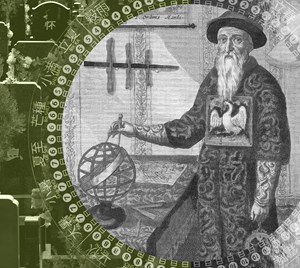
Image: WikiMedia Commons / Edits by CT
Johann Adam Schall von Bell
Schall’s contribution to the reform of the Chinese calendar has not been lost to history. In 2013, China’s official CCTV released a documentary about the Jesuit, acknowledging at the end of the program that the calendar he revised 350 years before was still in use and that it determined the date of the solar terms. (The video of the TV documentary has since been removed from the CCTV website, likely for political reasons.)
Tomb sweeping and contextualization
Historically, Jesuit missionaries and the Chinese authorities were involved in the Chinese Rites Controversy, which was mainly about whether Chinese Catholics should participate in traditional ancestor-honoring ceremonies such as tomb sweeping in relation to the Qingming Festival.
This controversy never really died. Even today, Chinese Christians debate whether or which of the holiday’s practices violate Christian conscience.
For some, navigating the holiday’s various rituals is a Christian freedom (1 Cor. 10:23) issue. Many do not find it sinful, for example, to put flowers on tombs or even bow to photos to show remembrance of and appreciation for deceased parents, grandparents, or other relatives. But they might draw the line at burning incense or kowtowing to show worship.
Beyond the specific practices, taking a Qingming tomb-sweeping trip with parents, siblings, aunts, uncles, and cousins offers an opportunity to witness to Christian beliefs. As a Taiwanese Christian undertaker explained:
There are many Chinese festivals for family reunion, such as the Chinese New Year and Mid-Autumn Festival, but the Qingming Festival is the only one where the whole family is reunited and where topics about eternity and the meaning of life can be discussed at the same time. So whether it’s tomb sweeping or a visit to a columbarium, Christians should do a good job of bonding with the family, uniting the love between family members, and helping the family think about eternity.
The proximity of the dates of Qingming Festival and Easter provides an excellent entry point for such spiritual discussion, as we can point our families to the empty tomb that leads to eternal life.




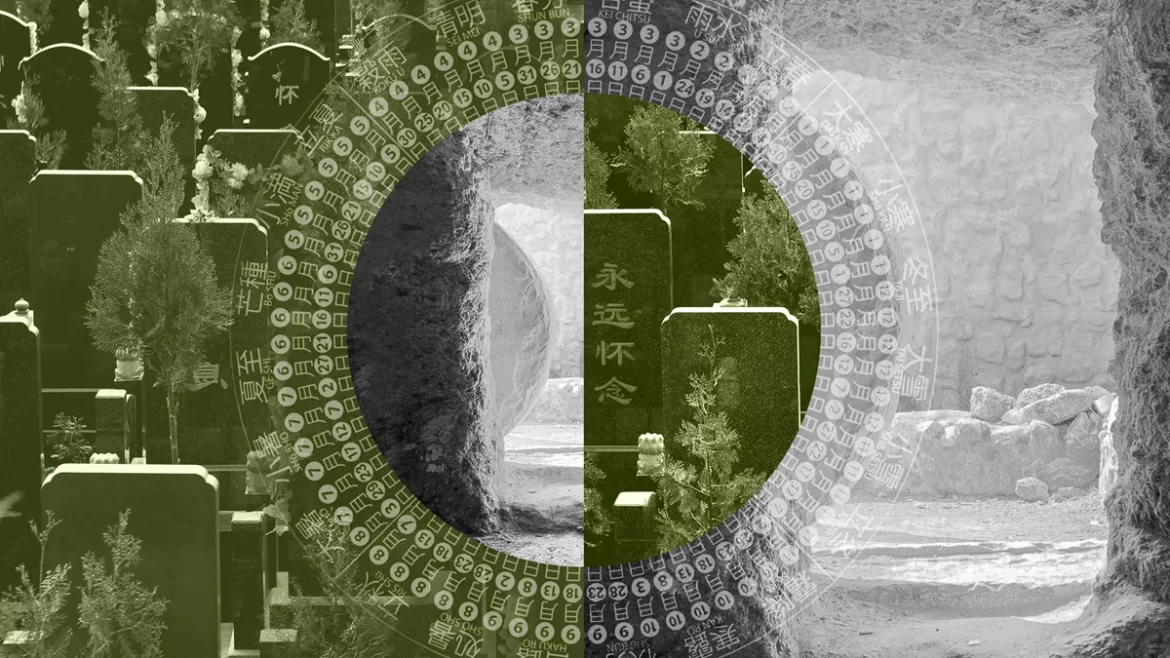










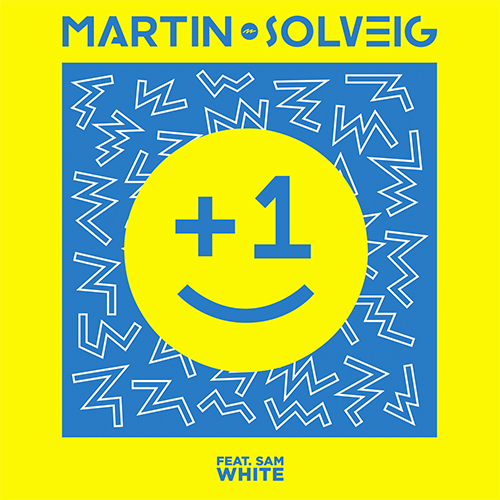
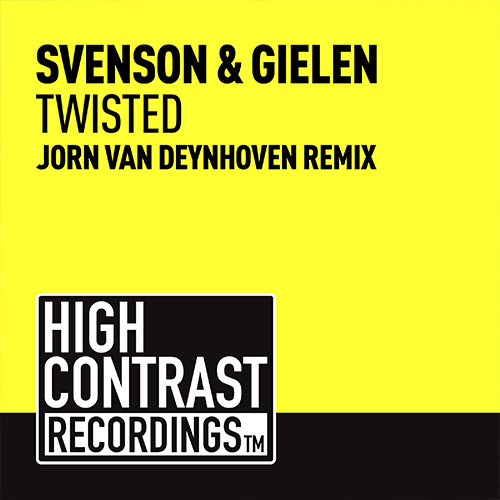

Post comments (0)